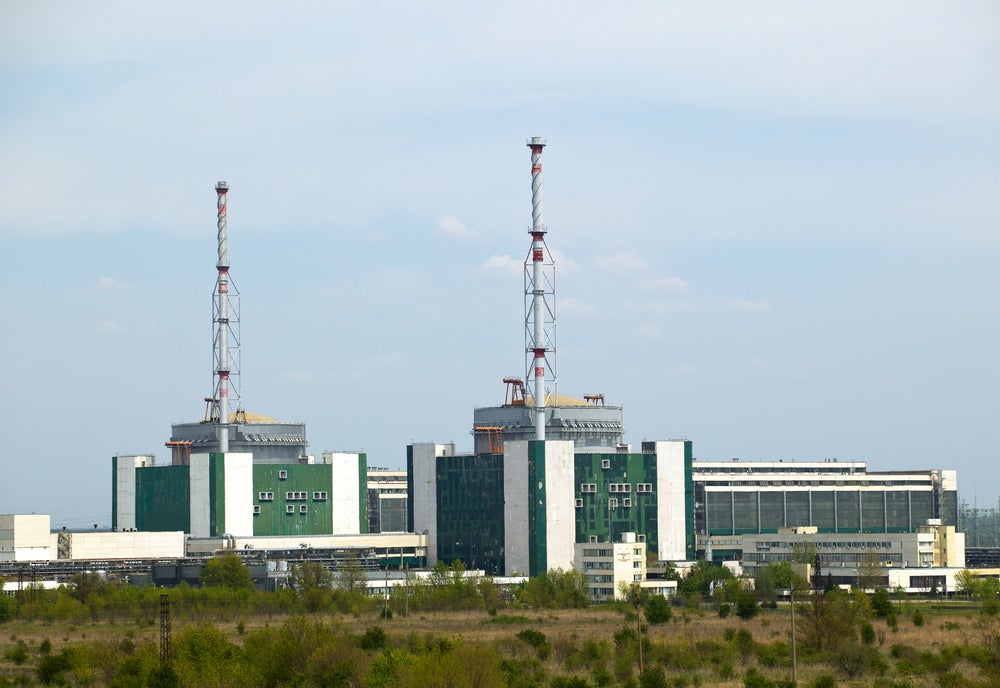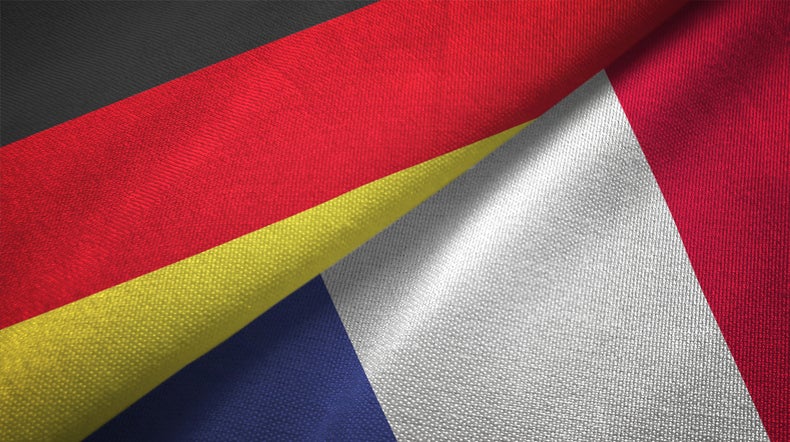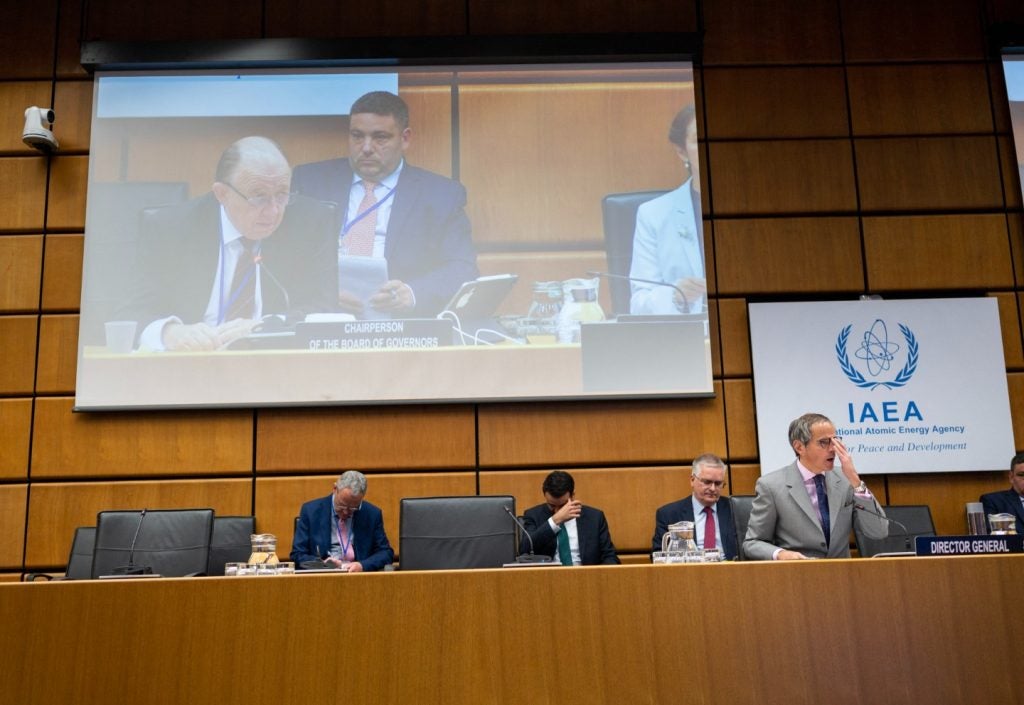
The International Atomic Energy Agency (IAEA) nuclear decommissioning challenge attracted 26 project briefs before its May 2020 deadline. Teams of researchers and technicians hoped to use the competition to show off their innovations at the IAEA conference in September 2020. Covid-19 prevented the innovators from travelling to Vienna, but the projects still offer an insight into how digital disruptors could upgrade the nuclear decommissioning process.
Universities and nuclear agencies from around the world submitted prototypes of technology they hope to develop to assist in decommissioning.
IAEA head of decommissioning and environmental remediation Olena Mykolaichuk said at the time: “Decommissioning is a field with significant potential for the future and for innovation. It is important for all interested countries to remain aware of global developments, including in areas such as digitalisation, virtual reality, 3D modelling, and making best use of automation and robotics.”
MAUD Project: Imaging heavy radiation particles in real time
A French team developed the MAUD project, a portable prototype device that would visualise radiation on a surface. For this, it uses a sensor that detects light made by nuclear emissions interacting with a solid scintillator.
When placed in contact with potentially contaminated objects, the working prototype’s sensor detects radiation sources. It then uses the input to colour a grid, producing a low-resolution, false colour image in real-time. However, the detector would still need a short period of exposure to a surface in order to acquire data.
The prototype device can detect across 25 cm², with a grid size of 35mm² per cell. The developers have said they aim to make the sensor size adaptable for each facility, up to “several dozen cm²”, with an image grid size of between 1mm² and 1cm².
How well do you really know your competitors?
Access the most comprehensive Company Profiles on the market, powered by GlobalData. Save hours of research. Gain competitive edge.

Thank you!
Your download email will arrive shortly
Not ready to buy yet? Download a free sample
We are confident about the unique quality of our Company Profiles. However, we want you to make the most beneficial decision for your business, so we offer a free sample that you can download by submitting the below form
By GlobalDataIts close-range method of detection allows it to detect and distinguish between alpha and beta radiation. It does this by measuring the intensity of light emitted when particles interact with the sensor. The team will investigate whether this method would allow them to further distinguish between different isotopes.
Moreover, the prototype device can detect tritium isotopes, which usually have such short-range emissions that they remain undetectable. In tests, the prototype has detected other radioisotopes with a similar sensitivity to current commercial devices.
Cleaning up Fukushima with analysis systems and robotic mapping
The world’s most high-profile nuclear decommissioning inspired two of the entries. The meltdown of the Fukushima Daiichi Nuclear Plant nuclear plant in 2011 has led to an international collaboration in one of the world’s most challenging ongoing decommissioning efforts.
Meltdowns take their name from how excess heat produced by an accident causes solid fuel casings to melt. In the resulting mess, it can be difficult to identify when all the parts of the former reactor lie, and therefore where the most radioactive areas are.
A team from the University of Tokyo presented two tools for estimating the distribution of debris within Fukushima.
Each of the plant’s units contain different amounts of debris and authorities can have difficulties identifying internal components. To help identify the possible spread pattern of the former reactor’s molten remains, the university developed an experimental system and a mathematical model for simulating a meltdown.
A mechanical device developed by the university can pour simulated molten core debris to examine its spread. A computer physics model can replicate a similar event, and distinguish between the likely spread patterns of different reactor components.
Award recipient Ryo Yokoyama said: “Due to severe environmental conditions at the Fukushima Daiichi Nuclear Power Plant, the sampling activity or extracting a part of fuel debris from the reactor is a critical issue. Through the experiment and numerical simulation, which can consider the Fukushima Daiichi condition, the fuel debris can be gradually identified, which can help its retrieval.”
These advances have also been reflected in industrial deals since the winners were presented. In mid-January, Japan’s Tokyo Electric Power Company signed a $16.4m collaboration agreement with UK decommissioning authorities to develop robots. The project, known as “LongOps”, would develop robotic arms for decommissioning as well as digital twins for the plants.
These would assist in decommissioning Fukushima, but also the UK’s Sellafield plant. The agreement also outlines potential uses in “fusion-adjacent technologies” in future.
Robotic radiation mapping developed by UK students
In the UK, students from the University of Bristol mounted radiation spectrometers to drones in order to remotely map levels of radiation in potentially contaminated areas. Data from this would then project onto a 3D computer model made using LiDAR scanning. This would allow users to map radioactivity in 3D before sending in smaller robots to get more detailed data.
Smaller ‘turtle robots’, similar to remote controlled cars, would use LiDAR to understand their location in a facility, while detecting radiation intensity beneath itself.
Similar to the MAUD project, this would allow the identification of specific radioactive isotopes, this time at a distance. Tests at former nuclear processing facilities in Ukraine allowed the team to successfully map radiation levels without entering the building.
Another two projects chosen by the agency displayed similar designs. With its increasing use in driverless car technology, LiDAR innovation allows devices to navigate themselves and recognise their location on a map.
Remote controlled cars and worms probe radioactive sites
A team from the National Nuclear Energy Agency of Indonesia conceptualised a mapping and monitoring robot for contaminated areas. Their car would use LiDAR sensors and DP6 contamination probes to map locations and register radioactivity data. A technician would control the car from a smartphone, allowing people to stay out of potentially contaminated areas.
This device would be made from waterproof material, allowing it to be decontaminated more easily. While operating, it would relay information back to users to build a map of a contaminated area in modelling software.
In the US, Florida International University co-ordinated a team to develop a similar system, aiming to decrease the risk to decommissioning personnel.
In this design, the project uses artificial intelligence to predict possible incidents, map areas of notable radiation, and plan the best paths to various locations. The team developed rovers that use magnets to crawl up walls and worm-like robots to navigate pipelines, as well as more conventional car-like systems.
Tests of their technology also used models of the Fukushima Daiichi plant, where the team can use AI to simulate possible remediation measures in hazardous areas.







